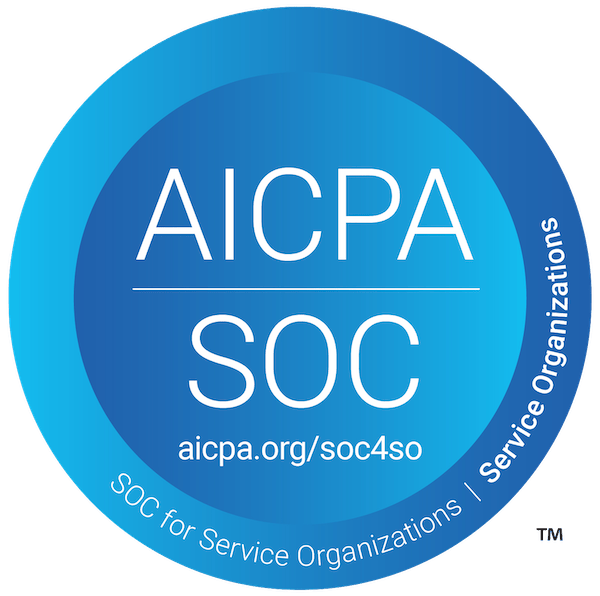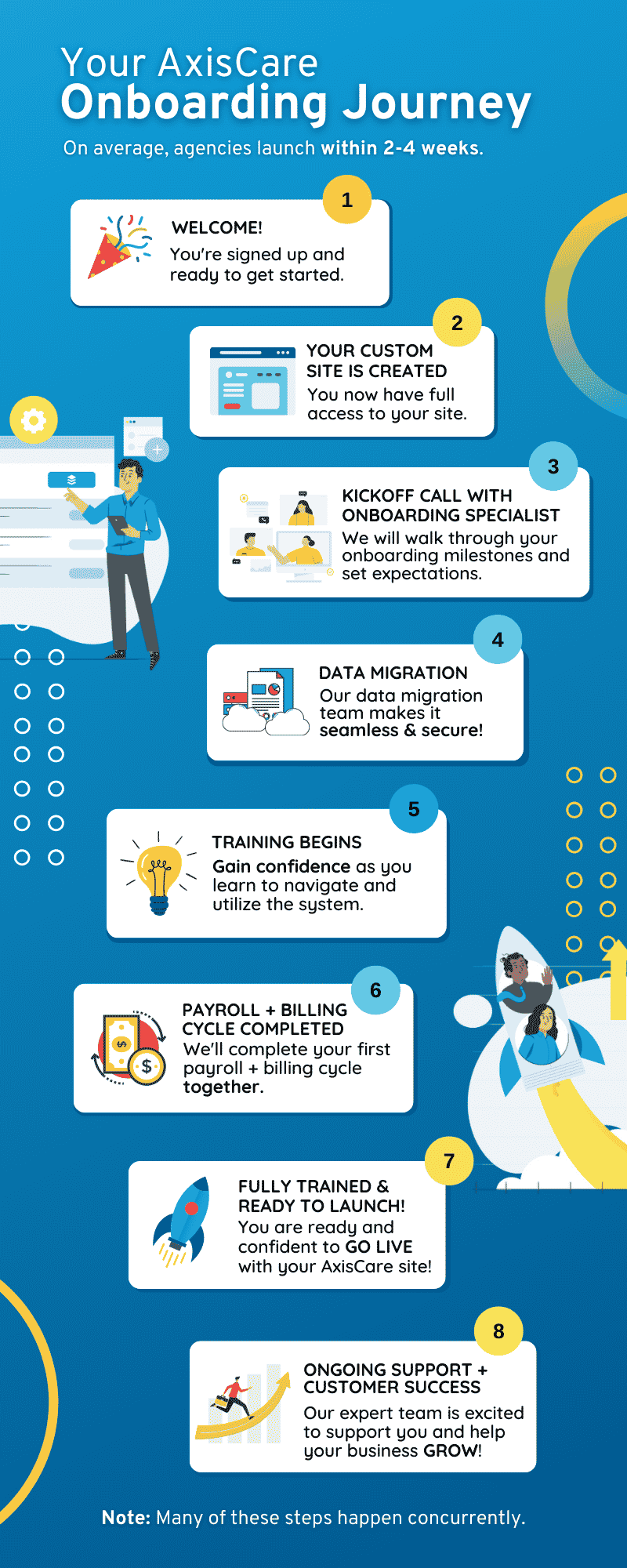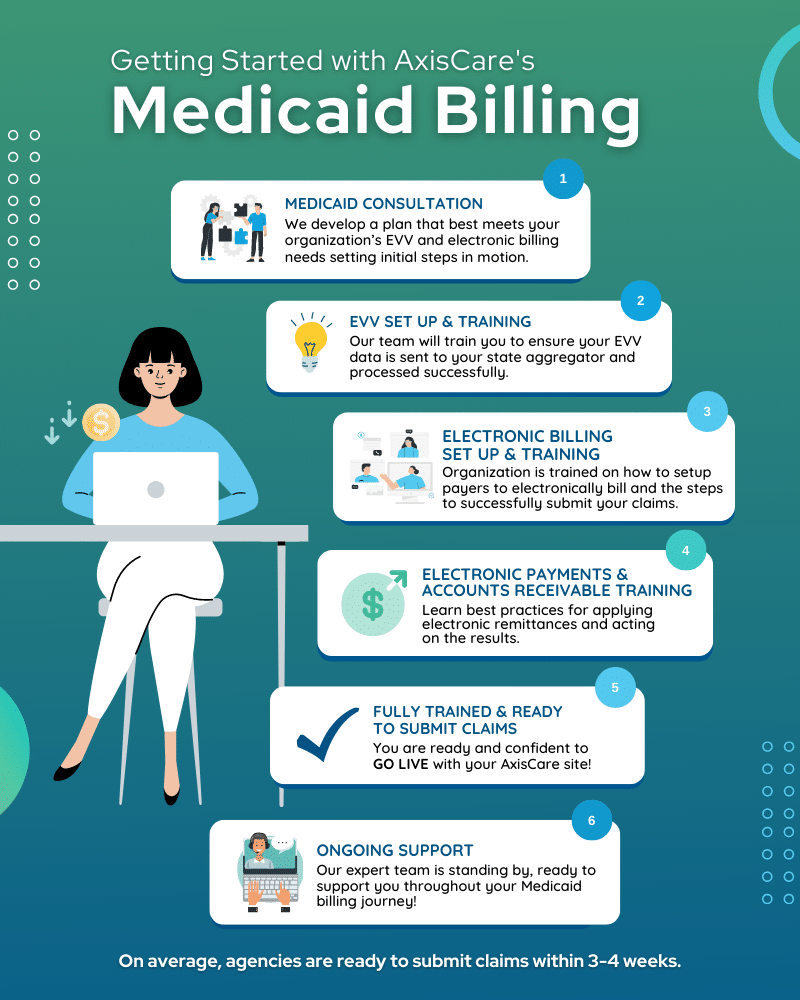As we embark on another year, the home care industry is as resilient and vibrant as ever. We sat down with Todd Allen, CEO & Co-Owner of AxisCare, to hear his insights and predictions for the new year for the home care industry.
Download your copy of The Future of Home Care: A 2025 Survey of the Home Care Industry & Future Trends for more data and insights.
1. A People First Mentality is Crucial to Success:
Recruiting and retaining caregivers will continue to be a major pain point for the industry and a limiter of growth for agencies nationwide.
As we enter 2023 it is vital that agency owners and staff place a “people first mentality” regarding the treatment of their caregivers. From employee incentives, staff appreciation events, and having the tools and processes (ie. software) in place to make their jobs easier; your caregivers are the lifeline to your client’s happiness and your agency’s success and avoiding high turnover is crucial to keeping the balance.
In a recent survey conducted by AxisCare, we saw that 83.5% of survey respondents stated that “keeping caregiver turnover at a minimum” is top of mind when running a home care agency in 2023 and choosing the right technology solutions for their business.
Arguably the most important factor in your retention strategy is the compensation package of wages and benefits you offer to your caregivers. As competition of pay increases, a focus on “rewarding empathy” and continual reminders of the emotional benefits of caregiving will place precedence in your retention efforts.
Unfortunately finding and retaining quality caregivers is a problem we do not see being resolved soon… In fact, in a 2022 Benchmark Survey published by Activated Insights, 59.7% of their survey applications said they consistently turned down clients in 2021 due to caregiver shortages. As a home care agency owner, you consistently put your clients first, and while doing so may unconsciously overlook the happiness and work-life balance of your caregivers. The delicate balance between focusing on the happiness of your caregivers and your clients may help you succeed in your retention efforts in 2023.
2. Diversification Amongst Payer Sources Will be Key
As a recession looms, agencies may see a trickle down in private pay business, leading to a diversification amongst payer sources like VA, Medicaid, LTCi, Medicare Advantage, & other third parties.
A home care industry trend that lends to our successes is that seniors continue to want to age at home. With their wealth wrapped in stocks and a decrease in discretionary income due to the economic state of the U.S. we speculate a decrease in private pay as a payer source for agencies nationwide.
By picking from the same tree continuously you will eventually run out of fruit and the same is true for your growth and payer sources. With the annual release of VA pay out rates reflecting an increase nationwide but particularly higher in densely concentrated veteran locations, 2023 will lend a fruitful year for VA billing.
Compliance with payer source diversification can be daunting. Even so, 24.8% of our survey respondents state that it remains a pain point for them and their daily operations. Having a software that processes all payers under one roof will increase back-office efficiency and lead to increased profitability for you and your agency.
Prioritize Profit Over Growth but the Industry Growth Will Still Thrive
Mergers and acquisitions will steadily increase as enterprise groups partner with growth-oriented investors looking for market expansion, however buyers will place emphasis on profit over growth.
The home care industry as a whole withstood the test of time during COVID, in fact we may have all seen an increase in pace due to being an essential business. Despite the consistency and resiliency of the homecare industry, 34.9% of our survey respondents reported that maintaining profitability is a pain point for them when running their agencies.
When looking forward at the upward trend of mergers and acquisitions in the industry, a focus will be placed on profit, as it is a more tangible metric and a reliable indicator of a company’s success as opposed to growth.











